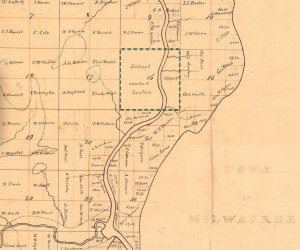Ending Agricultural Use Assessment Abuse
Agriculture is one of Wisconsin’s most important industries, and various state laws are intended to protect existing farms from urban encroachment. For example, Wisconsin, like many other states, assesses agricultural property for property tax purposes based on its use value rather than its market value. Assessing farmland by its use value protects existing farmers from forced sale of their land when urban encroachment raises the market value of the farmland.
Existing farmers are not the only ones benefiting, however, from agricultural use assessments. Both local and national media outlets identified a growing problem: agricultural use assessment abuse. [See here ; here ; and here.] Wealthy developers and property owners put their property to agricultural uses so that the property benefits from a use value assessment instead of a market value assessment. The use assessment often results in considerable tax savings. Most coverage of the issue criticizes the practice, but either describes the practice as a loophole or implies that local government units are powerless to do anything about it.
Most coverage fails to recognize, however, that local communities can put a stop to much of the abuse. Many new agricultural uses implemented simply for the tax benefit violate existing local zoning ordinances. The Wisconsin Department of Revenue says that tax assessors must assess agricultural land by its use value even if the agricultural use violates local zoning ordinances.
The Wisconsin Department of Revenue also says that local communities can stop the abuse by enforcing zoning ordinances. There are various reasons why communities choose not to pursue enforcement. Communities may fear that an enforcement action could bankrupt a developer which would then prevent the completion of a stalled project. Local leaders may not want the political risk involved in taking on wealthy developers or residents. Regardless of the reason for avoiding enforcement, communities are not powerless to reduce agricultural use assessment abuse.
Agricultural use assessment abuse is not a victimless transgression. Illegal agricultural use assessments harm other property owners by either shifting the tax burden to other property owners or forcing local governments to reduce services. During these difficult economic times, local governments must make many difficult choices. Local governments should not, however, allow illegally obtained tax breaks.

